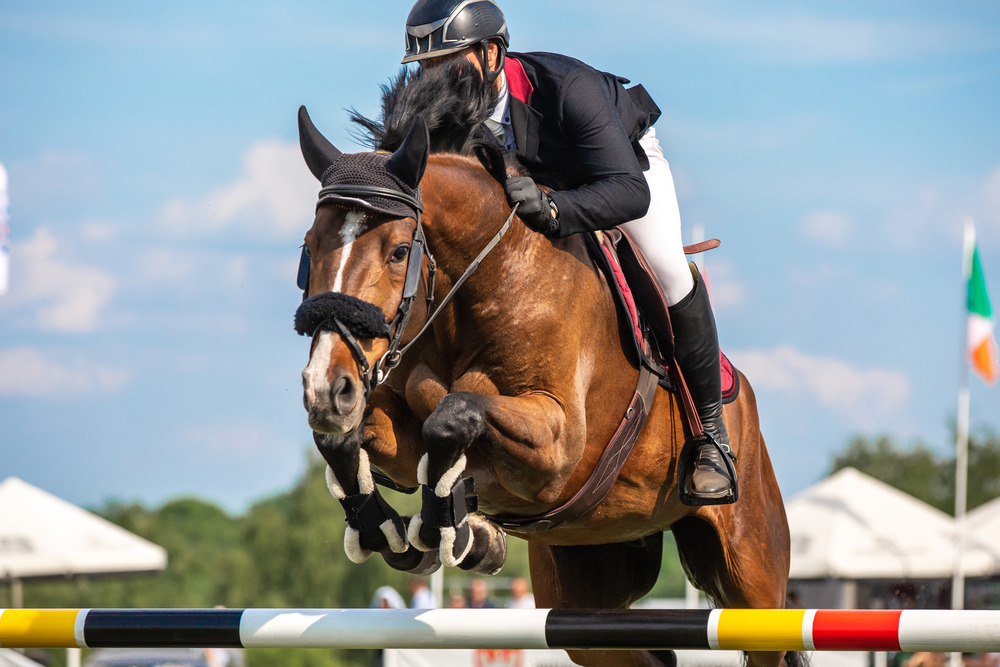Each-way bets in horse racing offer a unique opportunity for bettors to potentially win by predicting both the winner and a top finishing position. This type of bet consists of two separate wagers: one for the horse to win and another for it to place. The place terms vary depending on the number of runners and the specific race conditions.
Calculating the potential payouts for each-way bets involves considering the odds for both the win and the place outcomes. Typically, if the horse wins, the bettor receives a payout for both the win and the place portions of the wager. If the horse only places, the payout is usually a fraction of the win odds.
Factors such as the number of runners, the odds of the horse, and the specific race conditions play a significant role in determining the value of an each-way bet. It is essential for bettors to carefully analyze these factors to make informed decisions when placing each-way bets.
Overall, each-way betting can add an extra layer of strategy and excitement to horse racing wagering. By understanding the mechanics and implications of each-way bets, bettors can enhance their betting experience and potentially increase their chances of securing a payout.
How Each-Way Bets Work
When placing each-way bets in horse racing, you make two separate wagers on the same horse – one for it to win and another for it to place. If your horse wins, you receive payouts for both the win and the place parts of your bet. If your horse finishes second, third, or sometimes fourth place (depending on factors like the number of runners and the bookmaker’s terms), you still get a payout for the place portion of your bet.
This bet type offers a form of insurance, potentially allowing you to profit even if your horse doesn’t win. It’s commonly used by bettors looking to mitigate risks in horse racing.
Calculating Each-Way Payouts
Calculating each-way payouts in horse racing requires an understanding of how odds and bet terms affect potential returns.
Key factors to consider include:
- The odds for both the win and place components of the bet.
- The number of places the bookmaker is paying out on.
- Your initial stake amount.
- The outcome of your selection (whether it wins, places, or finishes outside the top positions).
Factors to Consider Before Placing
Before considering each-way bets in horse racing, it’s essential to assess various critical factors that can influence the outcome of your bets. Start by thoroughly examining the race conditions, including factors like track surface, distance, and weather conditions, as these can significantly impact a horse’s performance.
Next, delve into the horses’ form and past performances, taking into account their recent races and overall consistency. Evaluating the expertise and track record of the jockeys involved is also crucial in predicting potential outcomes.
Furthermore, carefully analyze the odds provided by the bookmaker to determine if they offer favorable value for your each-way bet. It’s important to weigh the potential payouts against the risk involved in your betting strategy.
Strategies for Maximizing Each-Way Bets
To enhance the effectiveness of each-way bets in horse racing, employing strategic approaches is essential. Here are some key strategies to consider:
-
Study the Form: Analyze the recent performances of horses and jockeys to gain insights into their capabilities and potential for success in upcoming races.
-
Look for Value: Seek out horses with higher odds that still possess the ability to secure a placing position. This can maximize the potential returns on your each-way bets.
-
Place Bets Early: By placing your each-way bets early, you can take advantage of more favorable odds before they potentially shorten as the race approaches.
-
Consider Each-Way Accumulators: Combine multiple each-way bets to create accumulators, which offer a higher potential return if all selected horses manage to place in their respective races.
Common Mistakes to Avoid
When engaging in each-way betting in horse racing, it’s important to avoid common mistakes to increase your chances of success.
One common mistake is solely focusing on the odds of the horse without considering its previous performance. Analyzing past performance can provide valuable insights into how a horse might perform in an upcoming race.
Another mistake to avoid is neglecting to research the track conditions and the jockey’s history with the specific horse. Understanding these factors is crucial for making informed betting decisions.
Lastly, it’s essential not to bet more than you can afford to lose. Setting a budget and adhering to it’s a key aspect of responsible betting practices.
Dive deeper into the topic of shaping betting odds by reading our article: The Role of Market Sentiment in Shaping Betting Odds and Lines.
Conclusion
Now that you have grasped the concept of each-way bets in horse racing, you are equipped with valuable knowledge to make more calculated decisions and potentially optimize your returns. By carefully assessing payouts, evaluating race conditions and the performance history of horses, and employing strategic tactics, you can elevate your betting strategy. It is essential to be mindful of common pitfalls and practice responsible betting habits. Best of luck with your future each-way bets!

